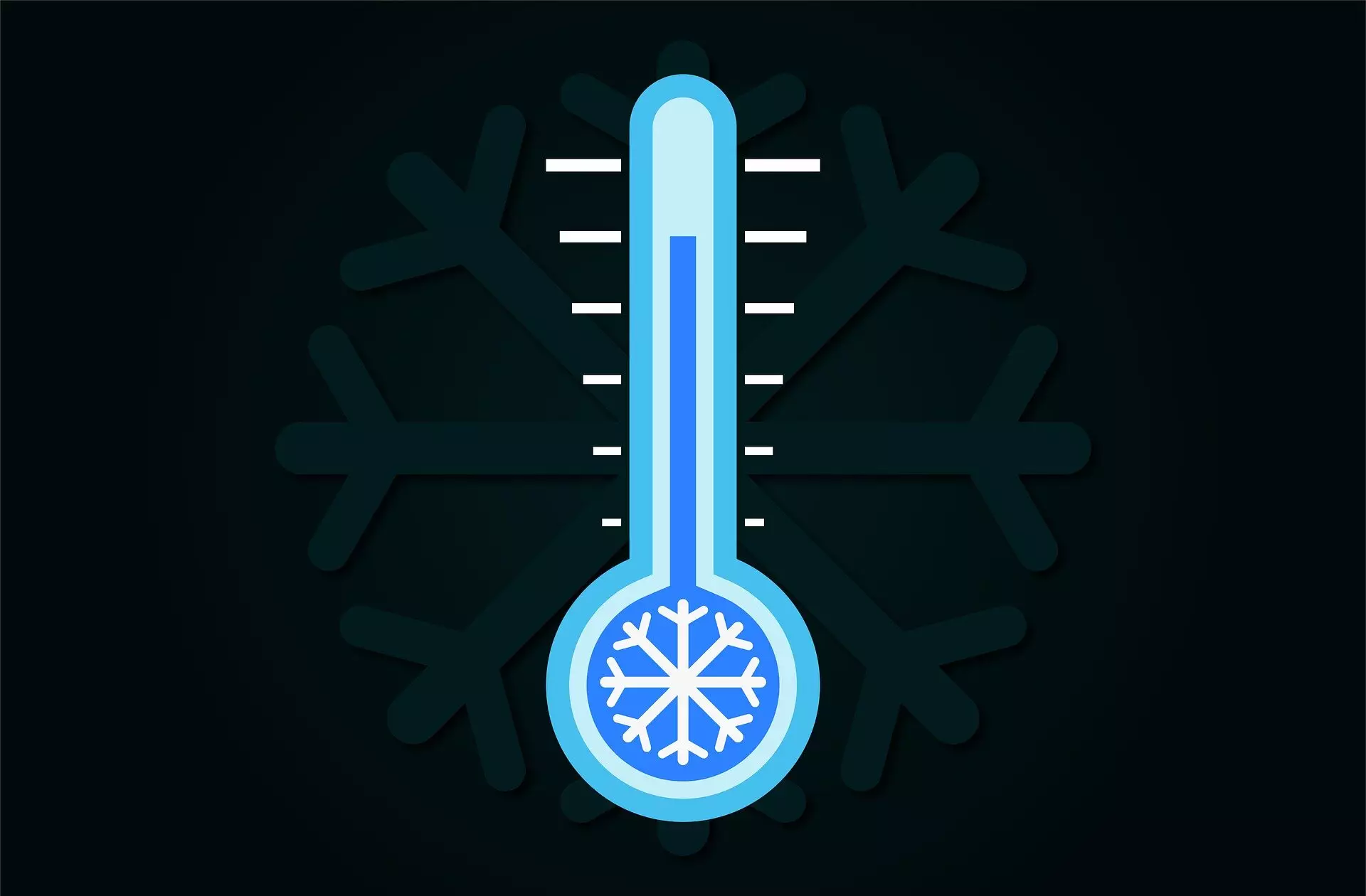A recent study published in the journal PLOS Climate by researchers from the National University of Ireland Maynooth and the University of Maryland sheds light on how childhood home temperature and community connectedness can influence how U.S. residents set their thermostats. This information could provide new insights into encouraging energy conservation and tackling climate change.
The study surveyed 2,128 participants to understand the average winter thermostat settings in their current and childhood homes. Results revealed that childhood home temperatures were linked to current thermostat settings, with individuals from warmer childhood homes inclined to set their thermostats higher in cooler climates. Additionally, participants who felt a strong sense of community belonging tended to align their home temperature settings with others in their community.
The findings suggest that policymakers may need to consider community-specific approaches to promote energy conservation. By understanding the unique identity and values of individual communities, campaigns can be tailored to resonate deeply and encourage sustainable practices. This personalized approach could be more effective in engaging residents and fostering a sense of collective responsibility towards energy efficiency.
Challenges and Future Directions
While community connectedness appears to play a role in influencing thermostat settings, the researchers acknowledge that this may not directly translate to energy savings, particularly in affluent neighborhoods. Longitudinal studies are recommended to explore the impact of household income and other contributing factors on energy consumption patterns. By addressing these complexities, future research can provide a more comprehensive understanding of the relationship between childhood experiences, community dynamics, and at-home energy conservation.
Overall, the study highlights the importance of considering not only individual behavior but also social and environmental factors in promoting sustainable practices. By recognizing the influence of childhood home temperature and community connectedness on thermostat settings, policymakers and stakeholders can develop targeted strategies to reduce energy consumption, mitigate climate change, and create a more sustainable future for all.


Leave a Reply